Class of 2020 | mswick@wharton.upenn.edu
Thoma Bravo recently made a market move in June in the tech space, purchasing a visual analytics company called Qlik Technologies. The purchase came after heavy pressure from activist hedge fund Elliot Management Corp. This is hardly their first play in software and technology; the private equity giant currently boasts a portfolio of 54 completed acquisitions in this field, which generates aggregate profits of $1 billion. Most recently, they’ve made headlines tripling Blue Coat’s EBITDA over three years and selling for $2.4 billion to Bain Capital in early 2015.
Qlik, Thoma Bravo’s most recent play, is a global visual analytics company that assists clients in reporting and self-service visual analysis. They focus on creating applications which help businesses analyze and visualize data to help them cut costs. Approximately 40,000 customers utilize Qlik’s variety of products to “gain meaning out of information from varied sources, exploring the hidden relationships within data that lead to insights that ignite good ideas” (Thoma Bravo). For instance, Qlik’s cornerstone product, QlikView, organizes vast amounts of data in the form of reports, charts, and infographics.
After going public in 2010, Qlik ceased trading when the $3 billion purchase was completed. Under the terms of the agreement, Qlik shareholders will receive $30.50 per share of Qlik common stock, constituting a 40% premium to the unaffected stock price of $21.83. According to Thoma Bravo’s press release after the purchase, the firm plans to keep Qlik’s corporate headquarters in Radnor, PA, and to keep the existing executive team intact.
At the time Qlik’s stock was pulled off the market, it had a trailing P/E of -104.5, reflecting negative earnings and an overpriced stock, with a 52 week change of -17.11%. Despite negative trends, Qlik’s financial statements convey that it’s stock performance could be misrepresentative of its progress as a company. Since going public in 2010, Qlik has reported revenue and gross profit growth of 170% and 158% respectively, showing vast expansion in terms of business conducted. This discrepancy in stock and company performance could be explained by the substantial capital resources Qlik has devoted to research and development (R&D). Though Qlik is a major player in the data analytics space, the industry is becoming increasingly saturated by companies such as Arcadia Data, Data Hero, and DataTorrent that have exploded onto the scene to accompany existing players. As is, the market is extremely competitive, with Qlik competing closely with IBM, Oracle, and Glassbeam. However, the competitive nature of the data analytics space, while a challenge for Qlik, shouldn’t be emphasized too heavily, as businesses pose a vast array of needs to be filled, and many of the companies in data analytics provide differentiated and unique products. Thus, major players have been able to coexist alongside one another.
As a growing company, heavy capital infusions have forced Qlik into negative net earnings in the short term. However, it will likely benefit from these initial investments in R&D, and could see their investment come to fruition as it continues to build on its software infrastructure and develop innovative products for businesses. For instance, just a few weeks ago, on October 3rd, Qlik released a web-based data visualization tool for developers called Qlik Playground for Developers. This development helps Qlik greatly expand its target market, now reaching countless developers in addition to the numerous businesses that rely on their products. Further, in August, Qlik came out with a product called the Data Analytics Curriculum, which provides professors with free resources to make teaching data analytics easier, and also integrated R and Python scripting languages into their existing products to augment the power of drag-and-drop platforms.
Thoma Bravo’s track record with tech company acquisitions lends an inherent credence to the value of this purchase. Their decisions to keep the headquarters in Radnor and the existing executive team are indicative of the fact that they do not see the need for fundamental changes in Qlik. Rather, Thoma Bravo’s expansive resources seem to be the necessary infusion to bolster Qlik’s profitability. Rather, the nature of the market as well as Qlik’s heavy pace of investment indicate that Qlik could grow substantially merely through exposure to Thoma Bravo’s vast resources. Without having to raise capital and invest too much of their own capital, Qlik could increase its margins and become a more profitable enterprise while continuing to innovate and outperform competition. Overall, the play is ideal for Thoma Bravo, as Qlik provides a sound infrastructure and strong company direction so that the bulk of Thoma Bravo’s contribution and involvement will be in providing Qlik with support to grow.
Figure 2: Annual Revenue and Earnings of Qlik


